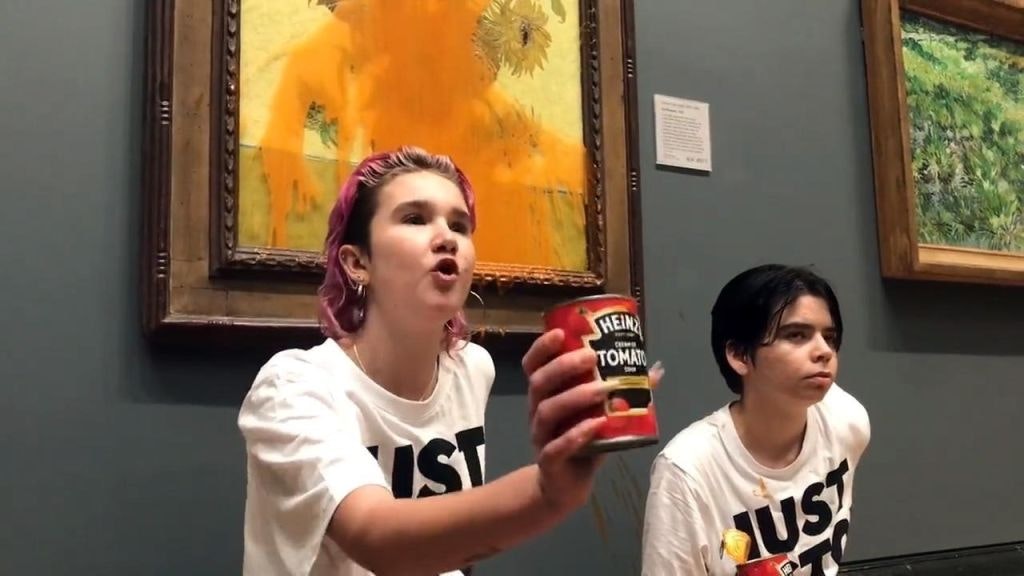You get what you vote for
Irish voters need Irish journalists to tell them what Sinn Fein really is
Election time in the westernmost province of the European Union has proved to be quite surreal. For what Ireland’s EU-truncated government has almost no practical control over – housing shortages and the health services – tops the political agenda, while the media systematically ignore the far graver truth that Sinn Fein, according to some polls now the most popular party in the Republic, still retains its terrorist wing.
It really shouldn’t be necessary (but, alas, it clearly is) to point out that the IRA army council has never been dissolved. It remains the military arm of Irish Republicanism, of which Sinn Fein is merely its Colgate-wing, all wholesome smiles and empathy, like a brace of Mormon elders on your doorstep. Sinn Fein nonetheless has of right one member on the IRA’s ruling army council, while other council members have ample scope to double-job as secret IRA-men and public Sinn Fein politicians.
Yet this is the untold story of the Irish election, the great lie to which almost the entire political and media establishment – apart from The Sunday Independent’s Eoghan Harris – has subscribed. The IRA’s murky past rather embarrassingly surfaced during the week when the mother of young Paul Quinn, murdered by the IRA in 2006, denounced his killing and the excuse offered by a prominent Sinn Fein “politician” that the lad had been involved in criminality. Whereas, killing him apparently wasn’t criminal, and in the dystopian moral world inhabited by SF-IRA, it probably wasn’t.
Despite this moral dystopia, Sinn Fein might soon not merely be able to tip the balance of power, but even clamber onto the scales and achieve a place in government. This is the harvest resulting from a quarter century of peace-process obfuscation, lies, deceit and murder, which have rendered truth into a congenial plastic that Sinn Fein can bend according to its needs. Meanwhile, the political classes and the media, either silent or complicit in the irreversible compromises that have been made during that time are now powerless to undo the fictions that have been so diligently woven. Almost no-one under the age of forty is aware that Sinn Fein is not what it purports to be, namely just another left-wing party.
Youthfulness is not an excuse for Bremainers’ favourite Irishman Fintan O’Toole, who is clearly well-steeped in his sixties. This week he anointed Sinn Fein with the myrrh of memory-loss and the unprincipled unction of left-liberal sanctimony. “If about 20 percent of voters choose Sinn Fein there is a real problem in telling them their votes don’t count in the formation of a government,” he wrote in The Irish Times. “To tell them otherwise is not just disrespectful – it is dangerous.”
But not nearly as dangerous as putting into the cabinet, thereby gaining access to crucial security files, politicians whose loyalty is not to the lawful Army of the Irish Republic but to its rival, the still-armed (if quiescent) Provisional IRA. Responding to evidence that Northern Ireland Sinn Fein politicians defer to the IRA, O’Toole offered the winsome caveat that if Sinn Fein took office in Dublin, “There would have to be a strengthening of the official code of conduct for ministers.”
Oh, that’ll do it all right. After all, this is the organisation that halfway through thorny negotiations to restore the power-sharing executive in Northern Ireland took time out to bludgeon and knife to death a former member who, they felt, had betrayed them. Talks resumed while his mutilated body was still warm on the roadside, and Sinn Fein delegates weren’t even made to stand on the naughty step for a minute. Clearly, an official “code of conduct for ministers” to the people who also gave you the Enniskillen, Birmingham and Brighton bombings will make all the difference.
The key to Sinn Fein’s nature is not the social democracy useful O’Tooles delude themselves with, but its glorious history, to be endlessly mined for the lore of the tribe and the ore of victimhood: hence its recent revival of the exultant, rabble-rousing ballad Come out ye Black and Tans. Moreover, with sublime cretinousness, the conjoined Irish politico-media establishment has been sedulously feeding SFIRA a protein-rich and largely one-sided diet of centennial commemorative encomia over the bloody events of 1914-1920.
Meanwhile, back in the 21st century, the same establishment has been wittering on brainlessly about the country’s health and housing problems. But no Irish government can prevent crises in these areas. The state controls neither its money-supply, the key to any housing-programme, nor its borders. These are the shackles that the British people have thrown off, but to which the people of Ireland nonetheless remain deliriously devoted. Those unfortunates now face the possibility of a high-taxing, atavistic Sinn Fein-IRA in government, the peace process’s ultimate dividend and its final nightmare.
Enjoying The Critic online? It's even better in print
Try five issues of Britain’s most civilised magazine for £10
Subscribe














